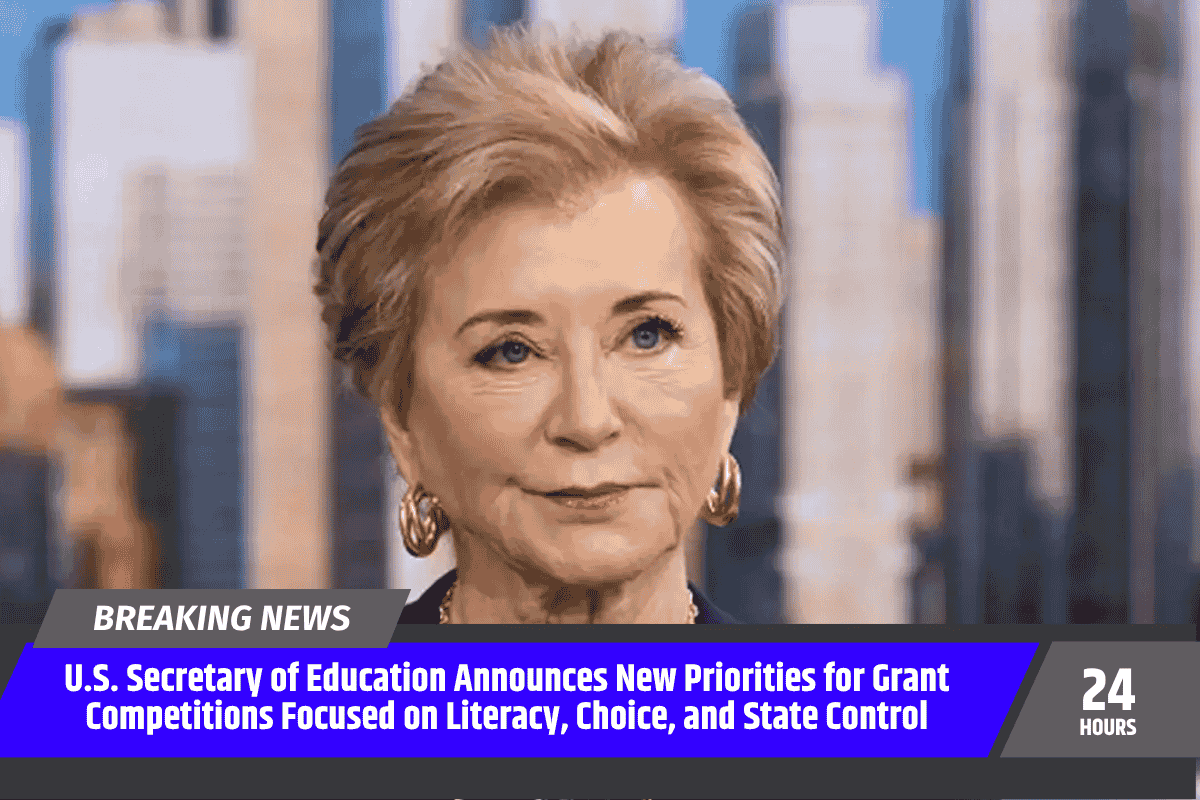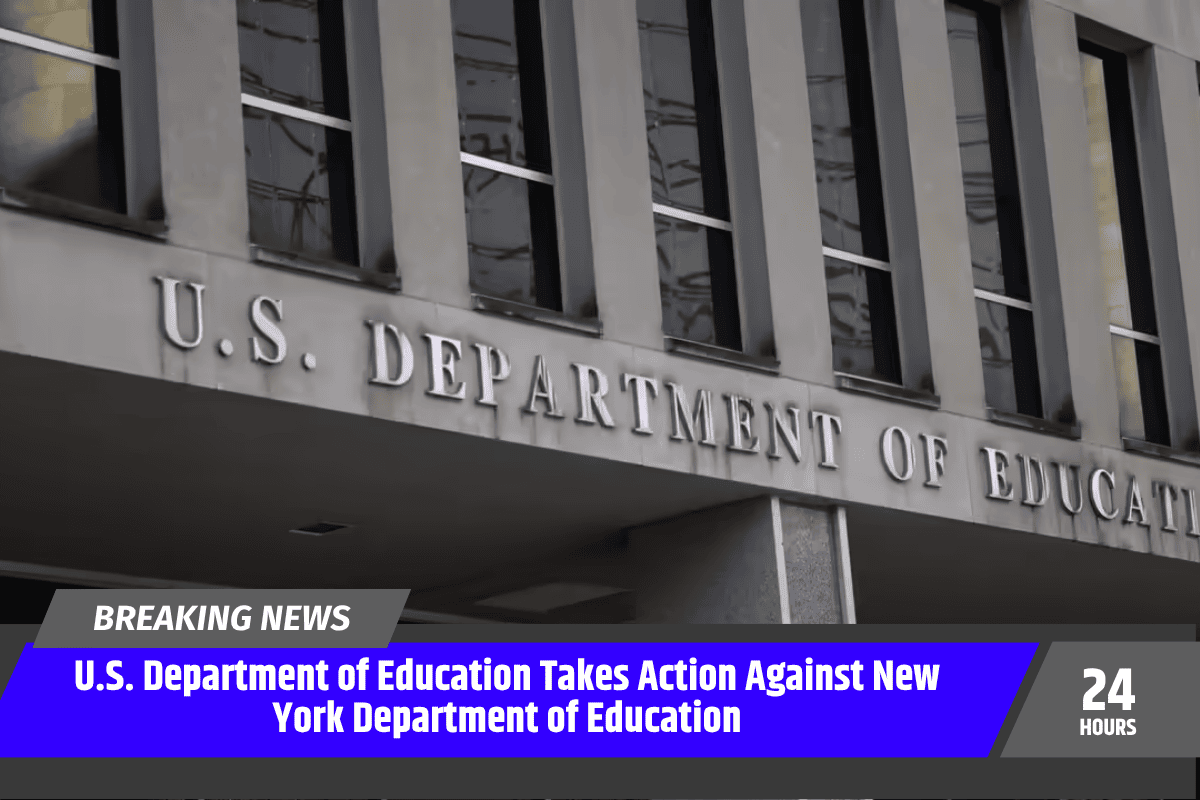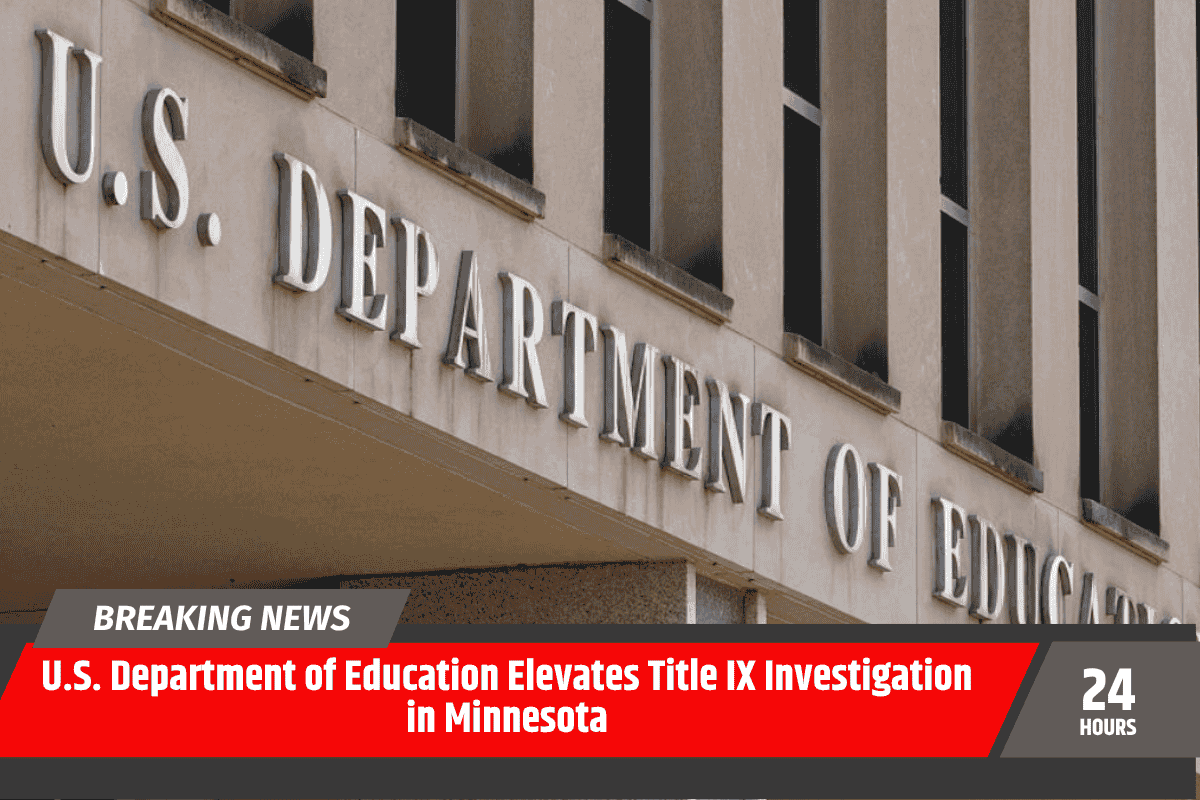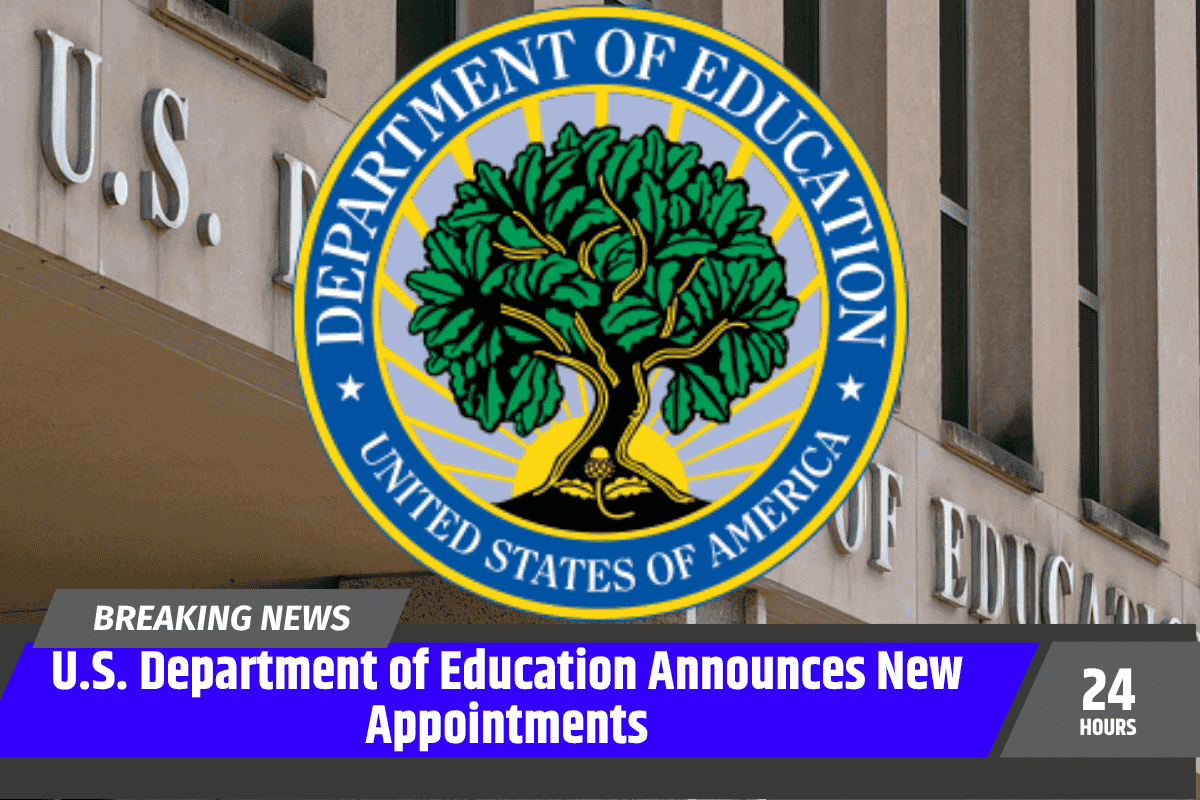Today, U.S. Secretary of Education Linda McMahon unveiled her first three proposed priorities for discretionary grants aimed at addressing the pressing needs of students, families, and states across the country.
These priorities—evidence-based literacy, expanding education choice, and returning education control to the states—will guide the Department of Education’s grant competitions to foster meaningful learning and improve the quality of education.
Secretary McMahon’s Proposed Priorities
Secretary McMahon emphasized that discretionary grants from the Department of Education will now be focused on effective, evidence-backed approaches that prioritize student achievement rather than divisive ideologies or unproven educational strategies.
She stated, “It is critical that we immediately address this year’s dismal reading and math scores by getting back to the basics, expanding learning options, and making sure decisions in education are made closest to the child.”
Her new priorities reflect a strong commitment to improving education outcomes by focusing on fundamental educational strategies that are proven to work.
Key Priorities Explained
1. Evidence-Based Literacy:
The evidence-based literacy priority aims to improve literacy instruction by focusing on research-backed methods in the science of reading.
This body of research emphasizes the importance of systematic, explicit instruction in phonological awareness, phonics, decoding, vocabulary, fluency, and reading comprehension.
The goal is to ensure that students receive effective and proven literacy instruction to help them become proficient readers.
2. Expanding Education Choice:
The expanding education choice priority seeks to increase access to various educational options, including charter schools, home-based education, career preparation programs, apprenticeships, and other innovative models.
By providing a “menu” of options, this priority encourages flexibility and ensures that students and families have the opportunity to choose the educational paths that best fit their needs.
Options include expanding charter schools, K-12 open enrollment, implementation of Education Savings Accounts (ESAs), concurrent enrollment programs, and tutoring services.
3. Returning Education Control to the States:
The third priority focuses on restoring decision-making power to the states. The goal is to prioritize state applicants for discretionary grants, allowing states to manage educational programs with less intervention from the federal government.
This approach aims to reduce administrative burdens and empower states to tailor education programs to their unique needs.
A New Approach to Discretionary Grants
Secretary McMahon’s announcement is the fastest a Secretary of Education has ever released proposed grant priorities within their first year in office. The Supplemental Priorities, now available for public comment, will be used in future grant competitions.
Once the 30-day public comment period ends, the Department will respond to feedback and finalize these priorities, guiding the future direction of educational funding.
In the coming months, Secretary McMahon anticipates releasing additional priorities to further refine the Department’s approach to addressing educational needs.
The Biden Administration’s Previous Priorities
Under the previous administration, the Department of Education’s priorities focused heavily on diversity, equity, and inclusion (DEI), which some critics argued led to divisive policies in schools.
These policies included promoting racial diversity in student bodies and educator demographics, as well as integrating DEI into subjects like civics and STEM education.
Additionally, the focus on social emotional learning and school diversity was criticized by some as contributing to unnecessary division.
In contrast, McMahon’s priorities aim to move away from such divisive policies, instead focusing on proven educational strategies that prioritize student achievement and educational options.
Secretary McMahon’s new priorities represent a shift towards strengthening education by focusing on proven methods of literacy instruction, expanding educational choice, and empowering states to manage their education systems more effectively.
As the Department of Education moves forward, these priorities are designed to address the immediate challenges in student learning and ensure that future education policies are aligned with the needs of students, families, and educators.











